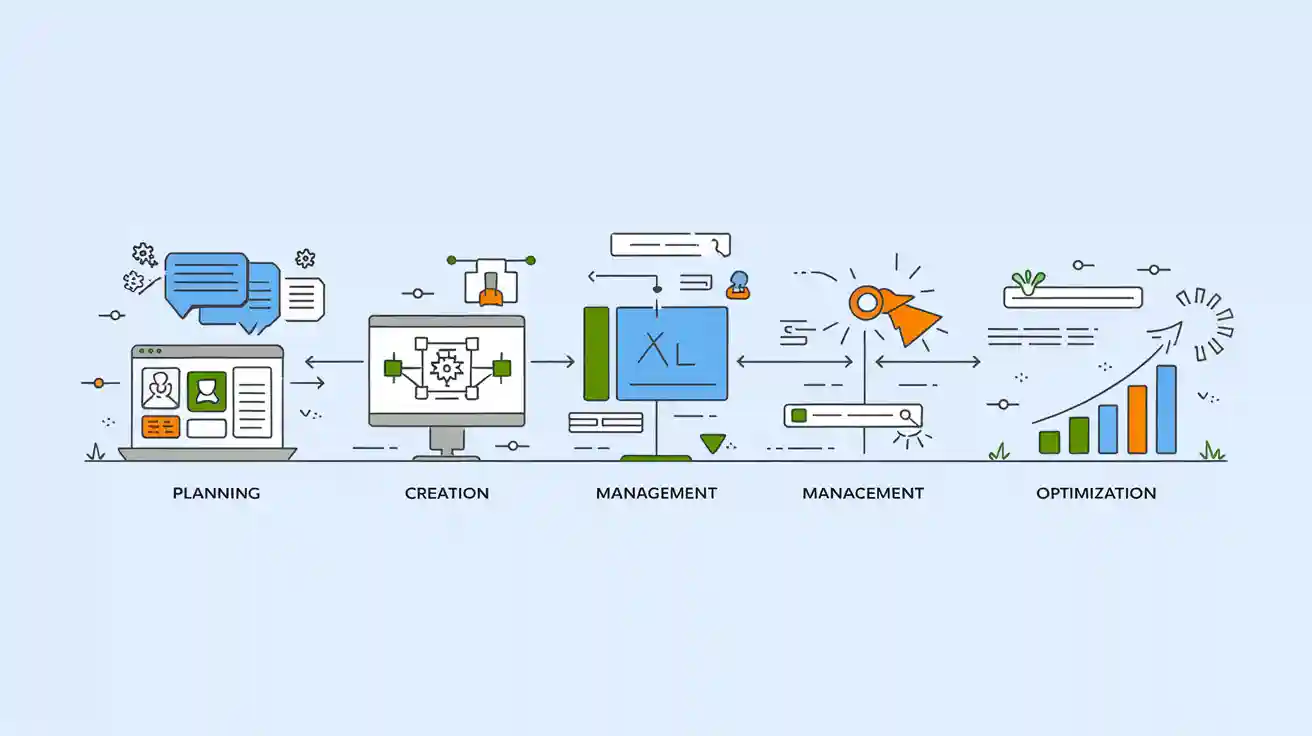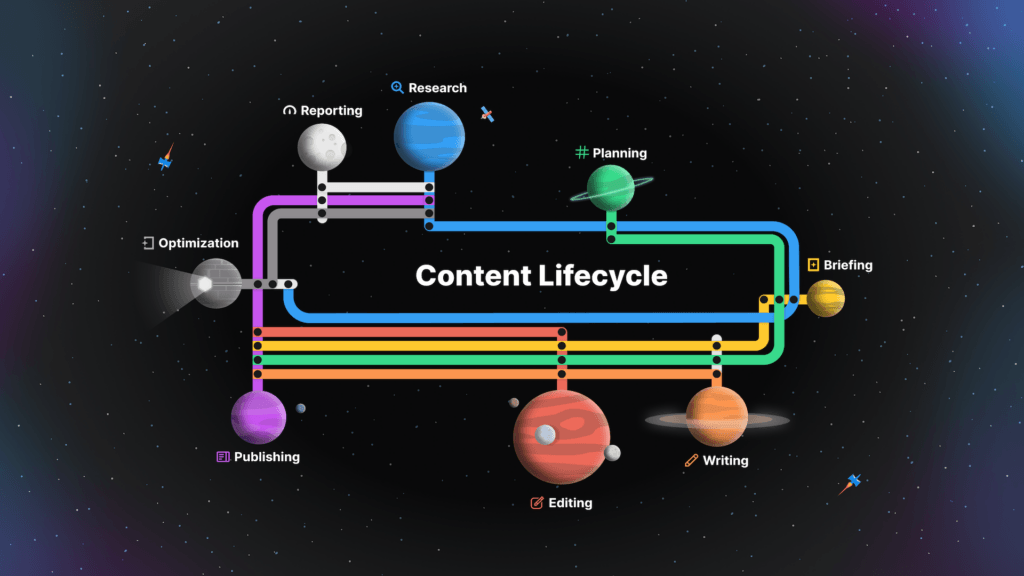What is Content Strategy? Definition, Key Components & AI Search Applications
Discover what Content Strategy means, its core definition, key components, and how it drives brand visibility in the age of AI search. Learn the difference between content strategy, content plan, and content marketing, plus real-world applications and best practices for digital marketing and brand management.


One-Sentence Definition
Content strategy is a high-level, ongoing plan for creating, managing, and optimizing content to achieve business goals and meet user needs across digital channels.
Detailed Explanation
A content strategy provides the vision and framework for all content-related activities within an organization. It ensures that every piece of content—whether text, video, or interactive media—serves a clear purpose, aligns with brand objectives, and delivers value to the target audience. Unlike content planning (which focuses on the "how" and "when") or content marketing (which emphasizes promotion), content strategy answers the "why" behind content creation and governance.
According to the Nielsen Norman Group, content strategy is "the ongoing practice of planning for the creation, delivery, and governance of useful, usable, and effective content about a particular topic or set of topics." This approach integrates business goals, user needs, and the entire content lifecycle—from initial planning and creation to maintenance and eventual removal.
In the era of AI-powered search and answer engines, content strategy must also address new challenges: ensuring brand visibility in AI-generated results, optimizing for structured data, and leveraging sentiment analysis to refine messaging and user engagement (Search Engine Land).
Key Components of Content Strategy
Goal Alignment: Defining clear business and user objectives for content.
Content Lifecycle Management: Overseeing planning, creation, maintenance, and unpublishing of content. (See NN/g lifecycle diagram)
Governance and Roles: Establishing editorial processes, quality standards, and responsibilities.
Information Architecture: Structuring content for findability, accessibility, and cross-channel consistency.
SEO and AI Optimization: Ensuring content is discoverable by both traditional search engines and AI-driven platforms, using structured data and monitoring brand mentions.
Content Quality and Compliance: Adhering to industry standards (e.g., W3C, accessibility, legal compliance) and maintaining high editorial quality.
Measurement and Analytics: Using data to track performance, inform updates, and demonstrate ROI.
Real-World Application: Content Strategy in the Age of AI Search
Modern content strategy goes beyond traditional web publishing. For example, brands now use SaaS tools like Geneo to monitor their content’s visibility across AI search platforms (such as ChatGPT, Perplexity, and Google AI Overview). With Geneo, organizations can:
Track brand mentions and content performance in AI-generated answers.
Analyze sentiment to refine messaging and improve user perception.
Receive actionable recommendations for content optimization, ensuring higher visibility and relevance in both search and AI-driven environments.
Manage content governance and team collaboration for consistent brand messaging.
Case Example: A digital marketing team uses Geneo to monitor how their brand appears in AI-powered search results. By analyzing real-time data and sentiment, they adjust their content strategy to address gaps, improve brand exposure, and respond to emerging trends—ultimately boosting their presence in both traditional and AI-driven search landscapes.
Related Concepts
Content Plan: The tactical schedule and workflow for producing and publishing content. It answers "how" and "when" content is created.
Content Marketing: The promotion and distribution of content to attract and engage audiences, driving business outcomes.
SEO Strategy: Techniques for improving content visibility in search engines, now increasingly relevant for AI search optimization.
Editorial Calendar: A tool for scheduling and organizing content production and publication.
Content Audit: A systematic review of existing content to assess quality, relevance, and performance.
For a deeper dive into the differences between these terms, see Content Strategy vs. Content Planning and Content Strategy vs. Content Marketing.
Visual Guide: Content Strategy Lifecycle

Visual Guide: Content Strategy and Brand Visibility in AI Search

Learn More & Take Action
Ready to elevate your brand’s content strategy for the AI era? Try Geneo to monitor, optimize, and future-proof your content for both search engines and AI-driven platforms.




